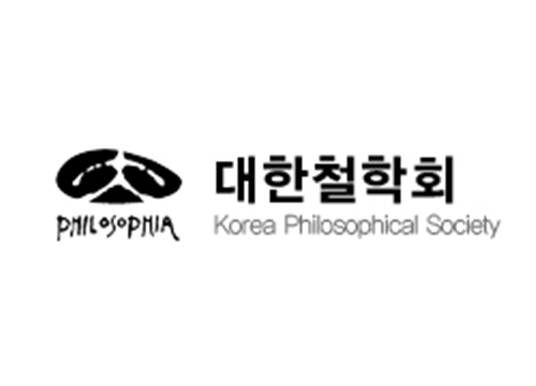『장자』 수양론의 두 가지 양상과 자연성의 중층적 구조
The Two Aspects of Zhuangzi’s Self-Cultivation and the Multilayered Structure in the Concept of Naturalness
조현일
전남대학교 철학과
철학연구
2024, vol.170, pp. 299-321 (23 pages)
10.20293/jokps.2024.170.299
대한철학회
초록
이 연구의 목적은 『장자』의 두 가지 수양 방식에서 발견되는 자연성의 중층적 구조를 규명하는 것이다. 장자의 수양론은 타고난 자연성을 회복하는 비워내는 수양과 일상의 경험이 쌓여 새로운 자연성을 체득하는 쌓아가는 수양으로 구성된다. 전자가 노자의 초월성을 수용한 장자의 사유라면, 후자는 그 초월성을 경험적으로 해석하여 스스로 발전시킨 사유이다. 비워내는 수양은 「덕충부」에서 「전자방」을 통해, 쌓아가는 수양은 「양생주」와 「달생」을 통해 각각의 서사적 흐름을 구성한다. 이 자연성의 중층적 구조를 통해 장자의 철학은 초월과 경험이라는 상충하는 두 가지의 중첩을 허용하는 형태로 구성되었음을 알 수 있다.
자연성의 중층적 구조를 규명하기 위해서는 구조 간의 연결 원리를 밝혀야 한다. 필자는 두 가지 방향에서 접근한다. 첫째, 전통적 초월성을 경험적 시선에서 재해석한 수평적 초월 개념을 도입한다. 수평적 초월은 현실 세계에 바탕을 두면서 자신을 넘어서는 스스로 변화하는 우리의 능력이다. ‘변화’라는 지점에서 수평적 초월과 장자철학의 접점이 발생한다. 둘째, 전통적 초월 개념의 재해석은 경험의 두 측면을 통해 이루어진다. 우리의 경험은 신체적/물리적 층위의 경험에서 은유와 상상이란 사유 방식을 통해 정신적/추상적 층위의 경험으로 확장한다. 『장자』에는 다양한 우언(寓言)과 상상의 행위에서 발생하는 여러 서사가 있다. 장자가 노자의 초월성을 수평적 초월로 재해석할 수 있는 것은 신체적/물리적 층위에서 자신의 사유를 확장했기 때문이다.
장자는 자연성의 중층적 구조를 통해 초월과 경험을 통합적 시각에서 사유하였다. 이것은 경험적·과학적으로 설명할 수 있는 것과 그렇지 못한 것이 우리 삶에 공존한다는 삶의 총체성을 부각한 것이다.
The aim of this study is to investigate the multilayered structure of naturalness in Zhuangzi’s teachings on self-cultivation, which comprises two aspects: cultivation for emptying and cultivation for accumulating. The former is designed to restore innate naturalness, while the latter involves acquiring new naturalness through daily experiences. The process of cultivation for emptying is depicted in Chapters 5 ‘Symbols of Integrity Fulfilled’, and 21 ‘Sir Square Field’, while the process of cultivation for accumulation is illustrated in Chapters 3 ‘Essentials for Nurturing Life’, and 19 ‘Understanding Life’, each presenting its own narrative progression. This multilayered structure of naturalness demonstrates that Zhuangzi’s philosophy incorporates both transcendence and experience, which coexist in a complementary manner.
To better comprehend the multilayered structure of naturalness, it is crucial to clarify the principles that connect the structures. To this end, I will explore this topic from two different angles. Firstly, I will introduce the concept of horizontal transcendence, which reinterprets traditional transcendence from an experiential perspective. Horizontal transcendence refers to our ability to change and transcend ourselves while remaining rooted in the real world. This concept intersects with Zhuangzi’s philosophy at the point of ‘change (化)’. Secondly, the reinterpretation of traditional transcendence is examined through the two lenses of experience. Our experiences can extend from physical/bodily experiences to mental/abstract experiences, enabled by metaphors and imagination. Zhuangzi contains various narratives arising from metaphors and acts of imagination. Zhuangzi’s reinterpretation of Laozi’s transcendence as horizontal transcendence is thus made possible by his expansion of thinking at the physical/bodily level. Zhuangzi integrates transcendence and experience from a holistic perspective through the multilayered structure of naturalness. This integration accentuates a facet of life’s wholeness, encompassing phenomena amenable to both experiential and scientific explication, as well as those beyond such paradigms.

